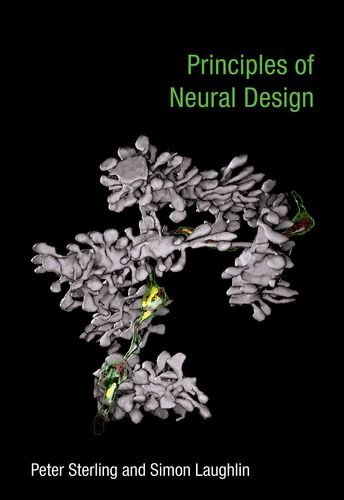

Most ebook files are in PDF format, so you can easily read them using various software such as Foxit Reader or directly on the Google Chrome browser.
Some ebook files are released by publishers in other formats such as .awz, .mobi, .epub, .fb2, etc. You may need to install specific software to read these formats on mobile/PC, such as Calibre.
Please read the tutorial at this link: https://ebookbell.com/faq
We offer FREE conversion to the popular formats you request; however, this may take some time. Therefore, right after payment, please email us, and we will try to provide the service as quickly as possible.
For some exceptional file formats or broken links (if any), please refrain from opening any disputes. Instead, email us first, and we will try to assist within a maximum of 6 hours.
EbookBell Team

4.3
58 reviewsNeuroscience research has exploded, with more than fifty thousand neuroscientists applying increasingly advanced methods. A mountain of new facts and mechanisms has emerged. And yet a principled framework to organize this knowledge has been missing. In this book, Peter Sterling and Simon Laughlin, two leading neuroscientists, strive to fill this gap, outlining a set of organizing principles to explain the whys of neural design that allow the brain to compute so efficiently.
Setting out to "reverse engineer" the brain -- disassembling it to understand it -- Sterling and Laughlin first consider why an animal should need a brain, tracing computational abilities from bacterium to protozoan to worm. They examine bigger brains and the advantages of "anticipatory regulation"; identify constraints on neural design and the need to "nanofy"; and demonstrate the routes to efficiency in an integrated molecular system, phototransduction. They show that the principles of neural design at finer scales and lower levels apply at larger scales and higher levels; describe neural wiring efficiency; and discuss learning as a principle of biological design that includes "save only what is needed."
Sterling and Laughlin avoid speculation about how the brain might work and endeavor to make sense of what is already known. Their distinctive contribution is to gather a coherent set of basic rules and exemplify them across spatial and functional scales.